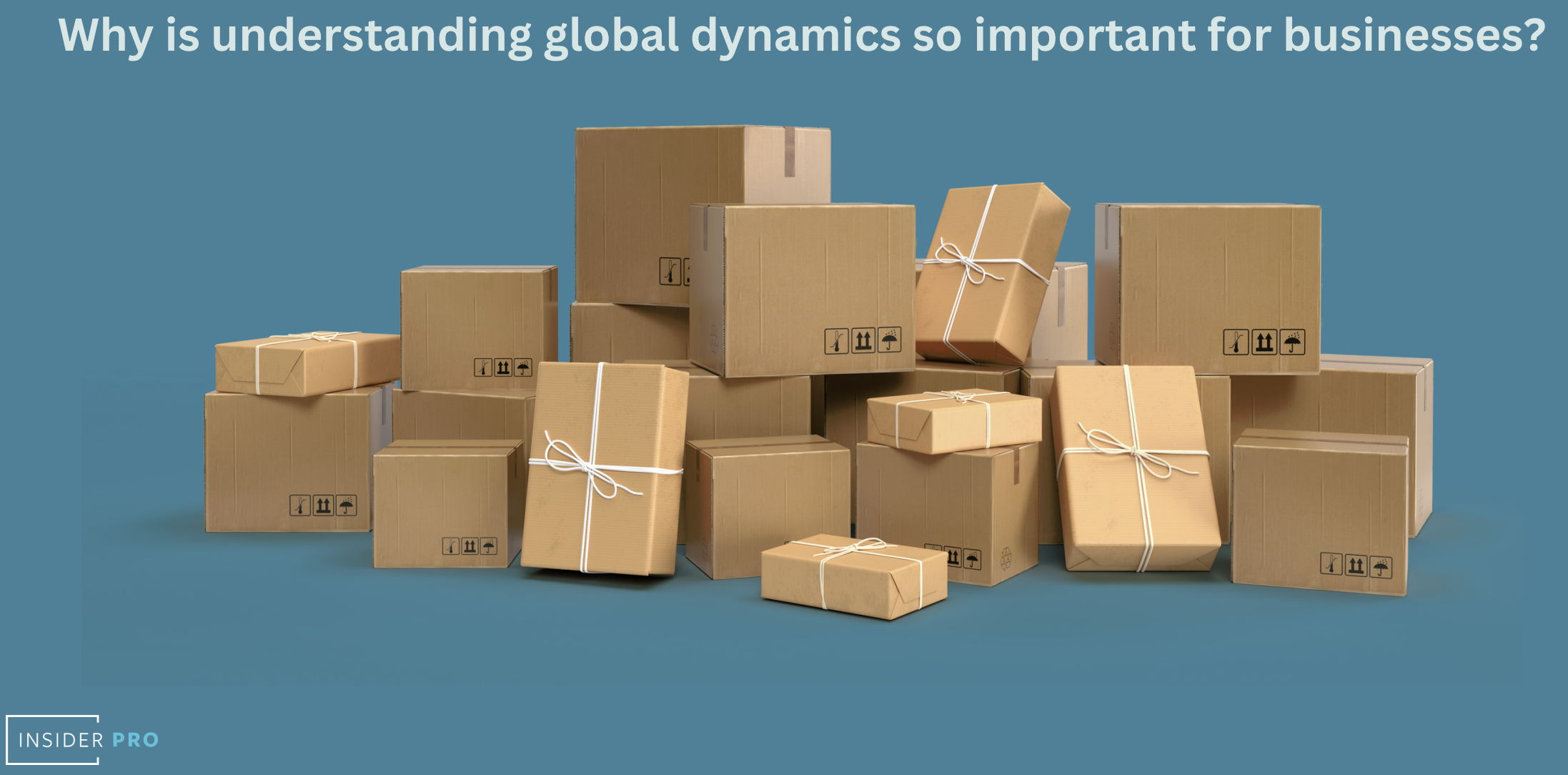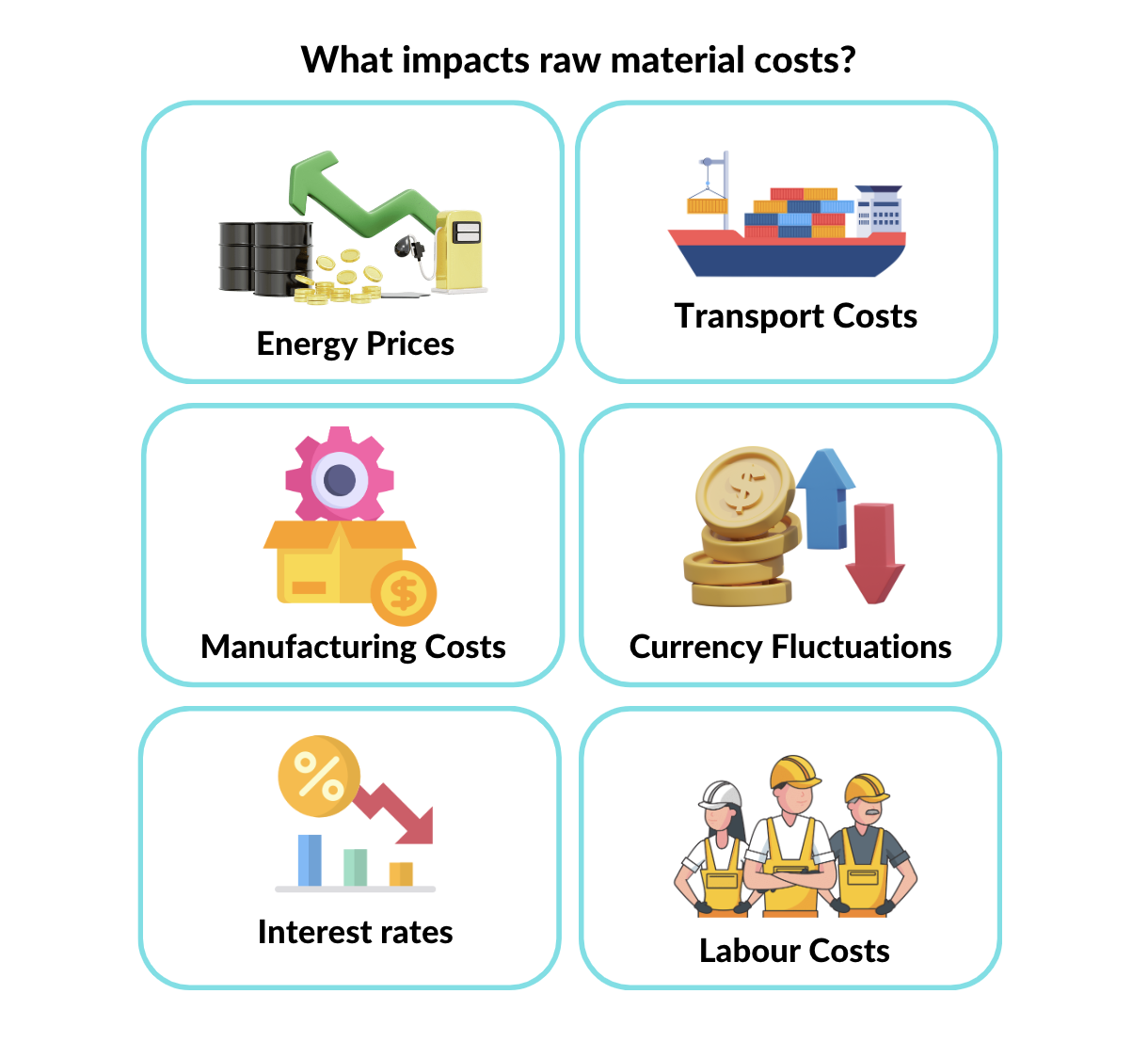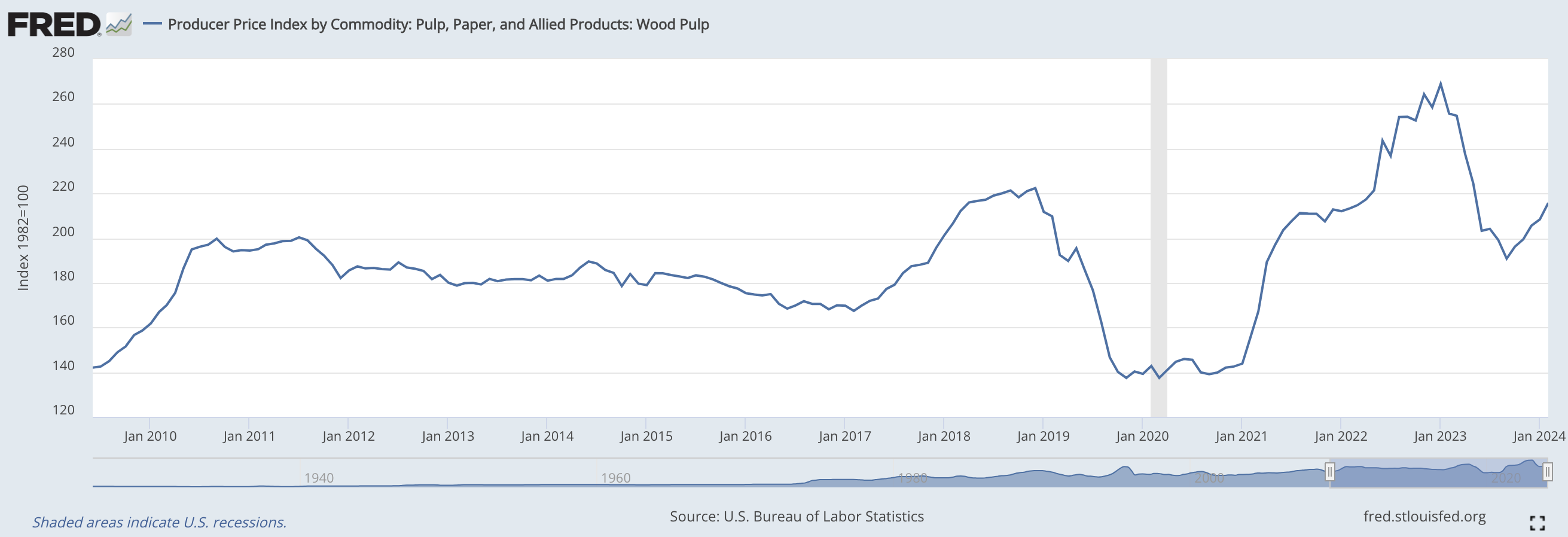In an ever-changing world that is shaped by global political, environmental, social and technological changes, being aware of how these changes affect your business can feel extremely daunting. Keeping on top of your day-to-day role and responsibilities at work may seem a never-ending task, and then, on top of this, ensuring your business is getting optimal value for money through the products and services that it procures, may not be at the top of your “to do” list.

The world today is exposed to major shifts, be that through environmental degradation fuelled by climate change, or by geopolitical conflicts sending shock waves throughout the world. These events often feel distant to your organisation, especially since the majority of the audience that this article will reach is living in a relatively sheltered and stable society. However, these events can have a significant impact on our society at a scale far beyond just localised impact.
At Insider Pro we are constantly exposed to examples where global dynamics are having an impact on specific sectors. To demonstrate this, we will examine the paper commodity prices and the implications that this has had on the paper packaging sector. To set the scene, this article is being written in early 2024, amidst a war between Russia and Ukraine and a few years after the Coronavirus pandemic. Paper is a commodity, trees have to be cut down, or items have to be recycled to produce the end product.
The very nature of this commodity means that it is exposed to impacts from the following:

Whilst not exhaustive, the aspects highlighted above give a flavour of just how many key elements drive a final commodity price, so understanding how each of these aspects impacts on a commodity price is something that we empower our clients to understand. Continuing with the example of paper pricing, we believe that a holistic understanding of the market and subsequent commodity prices is something that should be a common area of discussion between a packaging supplier and their customers. This could be through a contract term that tracks commodity prices, or just through general discussions aimed at understanding the likely direction of travel in any upcoming price reviews.

By understanding and quantifying the impacts on commodity prices in the context of a customers' requirements, you can deliver maximum value to customers, by not only presenting them with the information to understand why costs should move, but by giving them the tools to ensure they are keeping on top of their pricing in the future. The graph above shows two significant changes, one due to the Coronavirus Pandemic and the second due to Russia’s invasion of Ukraine. An insightful article by coniferous.com (![]() Impact of Russian Invasion on Pulp and Paper Industry ) highlights the impact that the war has had on paper pulp pricing, driving down supply which in turn drives up price, and because of less supply of oil and gas to Europe, which further pushes up prices through increased energy costs. Coronavirus had the opposite impact, causing a decrease in demand and prices to fall (
Impact of Russian Invasion on Pulp and Paper Industry ) highlights the impact that the war has had on paper pulp pricing, driving down supply which in turn drives up price, and because of less supply of oil and gas to Europe, which further pushes up prices through increased energy costs. Coronavirus had the opposite impact, causing a decrease in demand and prices to fall (![]() Press release: Paper and Board sector impacted by lower level of demand in Europe, destocking and high production costs ).
Press release: Paper and Board sector impacted by lower level of demand in Europe, destocking and high production costs ).
Paper is just one example of a commodity that is worthwhile tracking for our customers who procure products exposed to global dynamics. Whilst paper is the commodity, having an awareness of how this converts to your final end-product, for example, packaging cartons, is extremely important. With increasing sales being made through e-commerce platforms, there is a shift in the balance between online and store-bought goods. As online sales grow, the importance of getting a competitive price on the packaging for these items that are shipped, increases. Furthermore, as a company’s online sales grow and the demand for packaging cartons increases, it is important to constantly review whether you are getting a price that is reflective of this increase in volume. As volumes grow, you would expect prices to fall as a result. Beware of the 3-year contract that is not tracking commodity prices and volume changes.
The impact of global dynamics is endless, but having an awareness of a few key areas that your business should be tracking, will enable an optimal approach to your operations and costs, which is fundamental to a thriving business.



